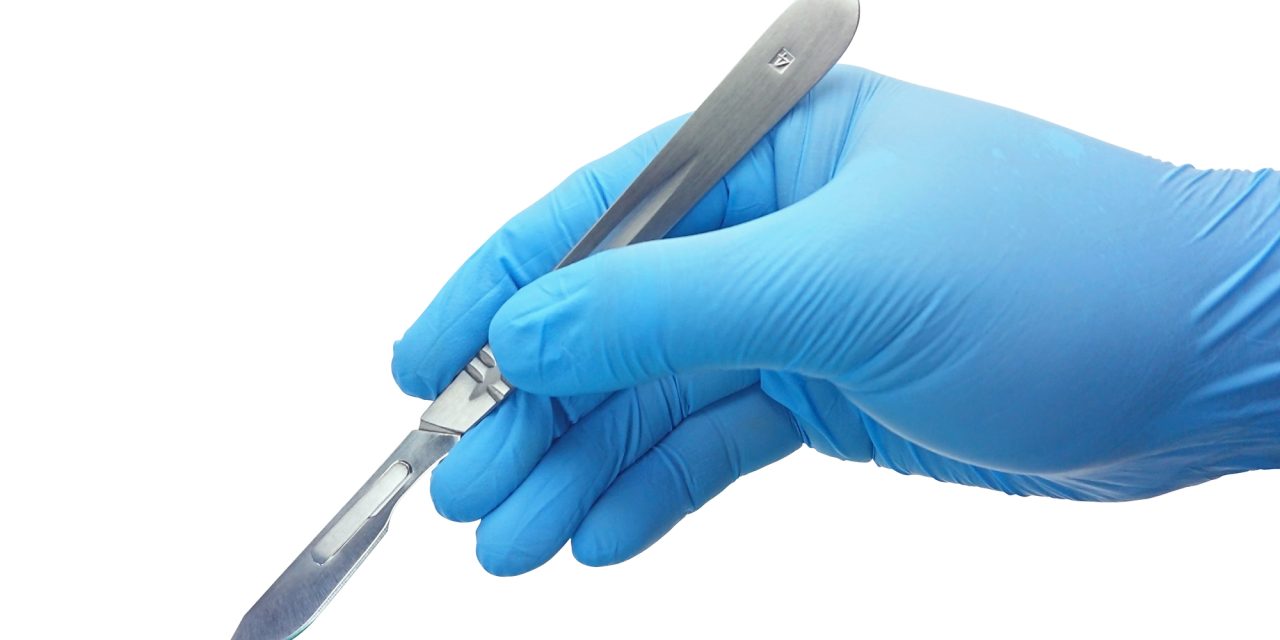Currently, no surveillance guidelines for hepatocellular carcinoma (HCC) recurrence after liver transplantation (LT) exist. In this retrospective, multicenter study, we have investigated the role of surveillance imaging on postrecurrence outcomes.
Patients with recurrent HCC after LT from 2002-2016 were reviewed from 3 transplant centers (UCSF, Mayo Clinic Florida, and University of Toronto). For this study, we proposed the term cumulative exposure to surveillance (CETS) as a way to define the cumulative sum of all the protected intervals that each surveillance test provides. In our analysis, CETS has been treated as a continuous variable in months.
223 patients from 3 centers had recurrent HCC post-LT. The median followup was 31.3 months and median time to recurrence was 13.3 months. Increasing CETS was associated with improved postrecurrence survival (HR 0.94, p < 0.01) as was treatment of recurrence with resection or ablation (HR 0.31, p<0.001). An ROC curve (AUC=0.64) for CETS covariate showed that 252 days of coverage (or 3 surveillance scans) within the first 24 months provided the highest probability for aggressive postrecurrence treatment.
In this review of 223 patients with post-LT HCC recurrence, we found that increasing CETS does lead to improved postrecurrence survival as well as a higher probability for aggressive recurrence treatment. We found that 252 days of monitoring (i.e. 3 surveillance scans) in the first 24 months was associated with the ability to offer potentially curative treatment.
Surveillance for HCC after Liver Transplantation: Increased monitoring may yield aggressive treatment options and improved postrecurrence survival.


